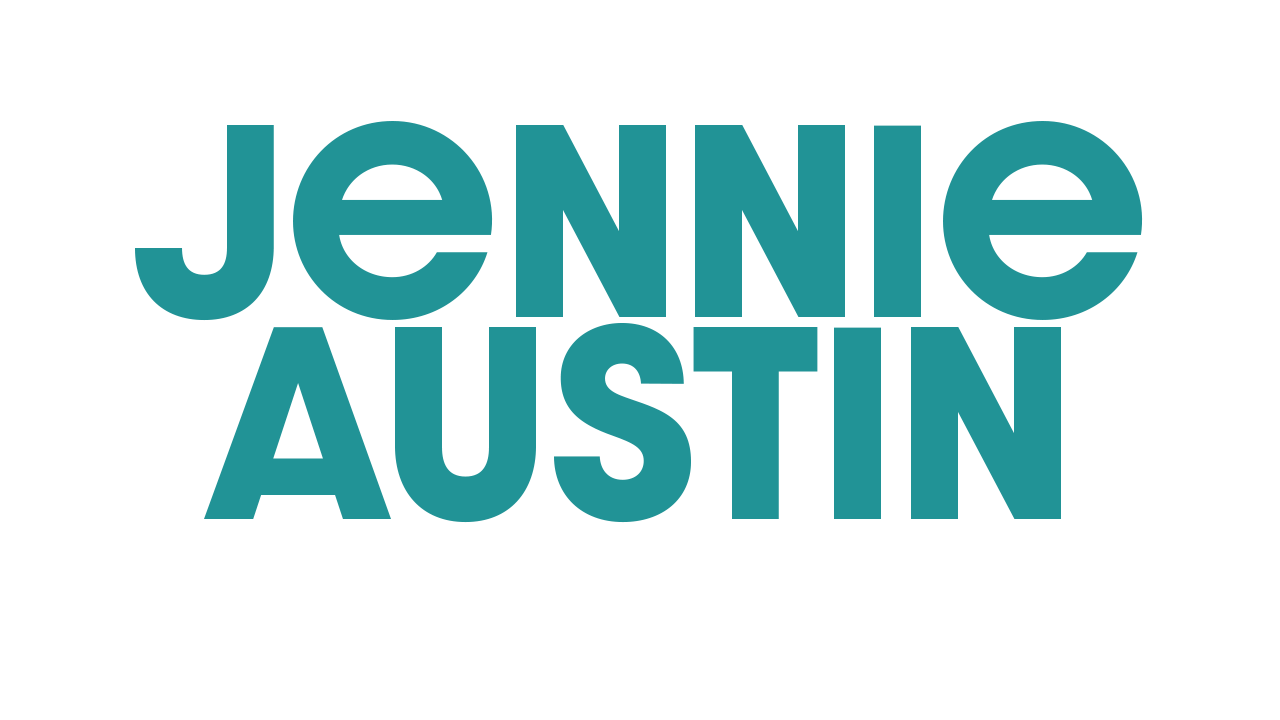The (Busy) Small Business Owner’s Guide to Social Media Marketing
Photo by Sara Kurfeß on Unsplash
A recent report shows that internet users spend an average of 2 hours and 22 minutes each day on social media networks. As a small business owner, if you’re not also spending some time on these networks interacting with your customers and potential customers, you could be losing out on a much larger audience.
Understandably, you’re also trying to develop and run your small business. It can seem pretty daunting to think about the hours you might need to pour into your social media efforts. However, streamlining your strategies to focus on the platforms that will give you the highest return will help you save time while still reaching a wider audience.
Why should I focus on Social Media Marketing?
Social media is ingrained into the daily activities of so many people today, and this number is only going to increase. It is estimated that by 2021, there will be over 3 billion social media network users worldwide.
You can accomplish a wide variety of goals by reaching and engaging with users on social media. Here are some examples:
Generate brand awareness with an audience that otherwise wouldn’t have heard from you
Increase customer engagement with your brand through thought-provoking conversations with potential customers
Increase the number of leads that you can target in other ways
Retarget and re engage with users that have visited your website in the past
Promote new products or events to a more engaged audience
How do I find the time to be on Social Media?
There are plenty of opportunities to connect with users, as there are hundreds of social media platforms out there today. To be successful at Social Media Marketing, you don’t necessarily need to develop a presence for your business on every single one. Depending on your target customer, you may only choose 2 or 3 platforms to focus on, especially when you’re busy with getting your business started!
So, how do you know which platforms to focus on? Some may be obvious, while others could be your secret weapon. Take a look at the graph below to see which platforms other small business owners tend to focus on right now. Obviously, there are many more social media platforms out there than the ones listed, but this is a good start!
Remember, you won’t be able to focus on all social media networks on your own. Pick 2 or 3 to start with, and go from there.
Which social networks should I focus on?
Photo by Georgia de Lotz on Unsplash
Ask yourself a few questions first to find out where to best reach your target audience. Who are they? Where do they spend most of their time online? If you haven’t already, build a profile of your target customer that lists their demographics, behaviors, problems, and interests. This will help give you a better idea of which social platform they are spending time on (and where you should spend your time on, too).
Let’s take a quick look at some of the most popular social media platforms to help you decide if your target customers are there.
Facebook has 2.41 billion monthly active users, 2.2 billion of which spend their time browsing the platform on their mobile phones. It is without a doubt the biggest social media platform. It’s safe to say that a good portion of your target customers is spending time on Facebook.
Facebook can help you achieve plenty, if not all, of the goals listed earlier. With the ability to create events, join groups, and run ads as a page, having a presence on Facebook is a great first step for your business.
Create a business page and make sure to update it with all of your business’ information, such as your website, address, phone number, etc. Then, make sure you’re posting to your page on a regular basis to engage with your fans and followers. You can reach a wider audience by boosting posts or running ads.
If your research shows that many of your potential customers are instagram users, this is great news! It turns out, 80% of Instagram accounts follow a business profile. Instagram actually has the highest engagement out of any of the listed platforms, with engagement rates that are 58% higher than Facebook and a whopping 2000% higher than Twitter.
To be successful on Instagram, start thinking about investing some time into getting high-quality shots of your product or service in action. Your posts should focus on the visual aspect of your offerings. One way to accomplish this once you have a strong customer base is to ask your customers to post pictures of your product on their profiles so that you can repost them on your page. Make sure to ask permission and give credit!
Video posts and Instagram Stories are other great ways for businesses to engage with customers on the platform. You can repurpose this content from YouTube or Facebook videos too.
YouTube
Creating a YouTube channel is a great idea if you offer a product or service that requires a demonstration or explanation. You can also share customer video testimonials or interviews.
Tag your videos with keywords that will help your target customers find your videos. Use consistent branding in your videos, and engage with viewers by replying to questions and comments.
Twitter is considered by some as a micro-blogging platform, with a 280-character limit for posts.
Photo by NordWood Themes on Unsplash
Many brands use Twitter to simply start a conversation with their customer base. If you’re a consumer-facing company, you might find some return on your efforts on Twitter. However, keep in mind that you’ll get out of it what you put into it. Many suggest tweeting 3 times a day to gain enough visibility and traction on your account. Use hashtags to increase your engagement; just don’t overdo it.
If you’re a B2B company, you might find that LinkedIn is a great place to engage with your target audience and grab more leads. In fact, 79% of B2B Marketers say that LinkedIn is an effective tool for generating leads.
Post about what’s going on in your industry, your latest blog post, or a thought-provoking question that many of your customers have. Like Twitter, LinkedIn allows users to follow hashtags that interest them. Be sure to use hashtags in your posts to gain more views and engagement.
Snapchat
If you’re targeting a younger audience, marketing on Snapchat is a great idea to reach that audience. In the US, about 90% of 13-24 year olds are using Snapchat today. This platform is huge, with over 14 billion daily video views.
Create a Snapchat account for your brand, and start posting videos to your story. You can repurpose content from your YouTube or Instagram videos or just take them on your smartphone. Make sure to promote your account on other platforms so that your target audience knows to follow you.
Don’t forget that as a growing business, it’s just not feasible for you to have a strong presence on every single social media account out there—at least not right away. Start by creating a few accounts that make the most sense for you, don’t be afraid to cross-post to multiple networks, and be sure to engage with your followers that engage with your brand. Soon, you’ll start seeing more and more traffic to your website, and people will trust your brand enough to make a purchase!








Hi! I’m Jennie.
Thank you for visiting my blog! I write about marketing tips for small businesses and how to succeed as a female professional. I write from experience about the things that I love.